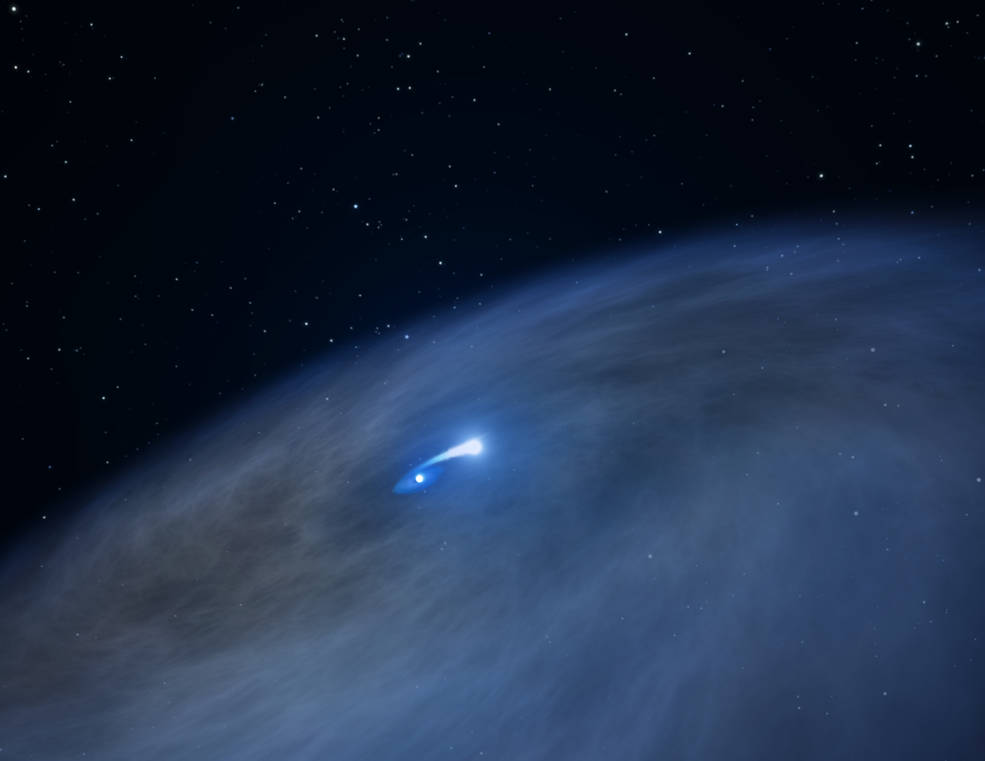
Let us discuss the very nature of the cosmos. What you may find in this discussion is not what you expect. Going into a conversation about the universe as a whole, you would imagine a story full of wondrous events such as stellar collapse, galactic collisions, strange occurrences with particles, and even cataclysmic eruptions of energy. You may be expecting a story stretching the breadth of time as we understand it, starting from the Big Bang and landing you here, your eyes soaking in the photons being emitted from your screen. Of course, the story is grand. But there is an additional side to this amazing assortment of events that oftentimes is overlooked; that is until you truly attempt to understand what is going on. Behind all of those fantastic realizations, there is a mechanism at work that allows for us to discover all that you enjoy learning about. That mechanism is mathematics, and without it the universe would still be shrouded in darkness. In this article, I will attempt to persuade you that math isn’t some arbitrary and sometimes pointless mental task that society makes it out to be, and instead show you that it is a language we use to communicate with the stars.



